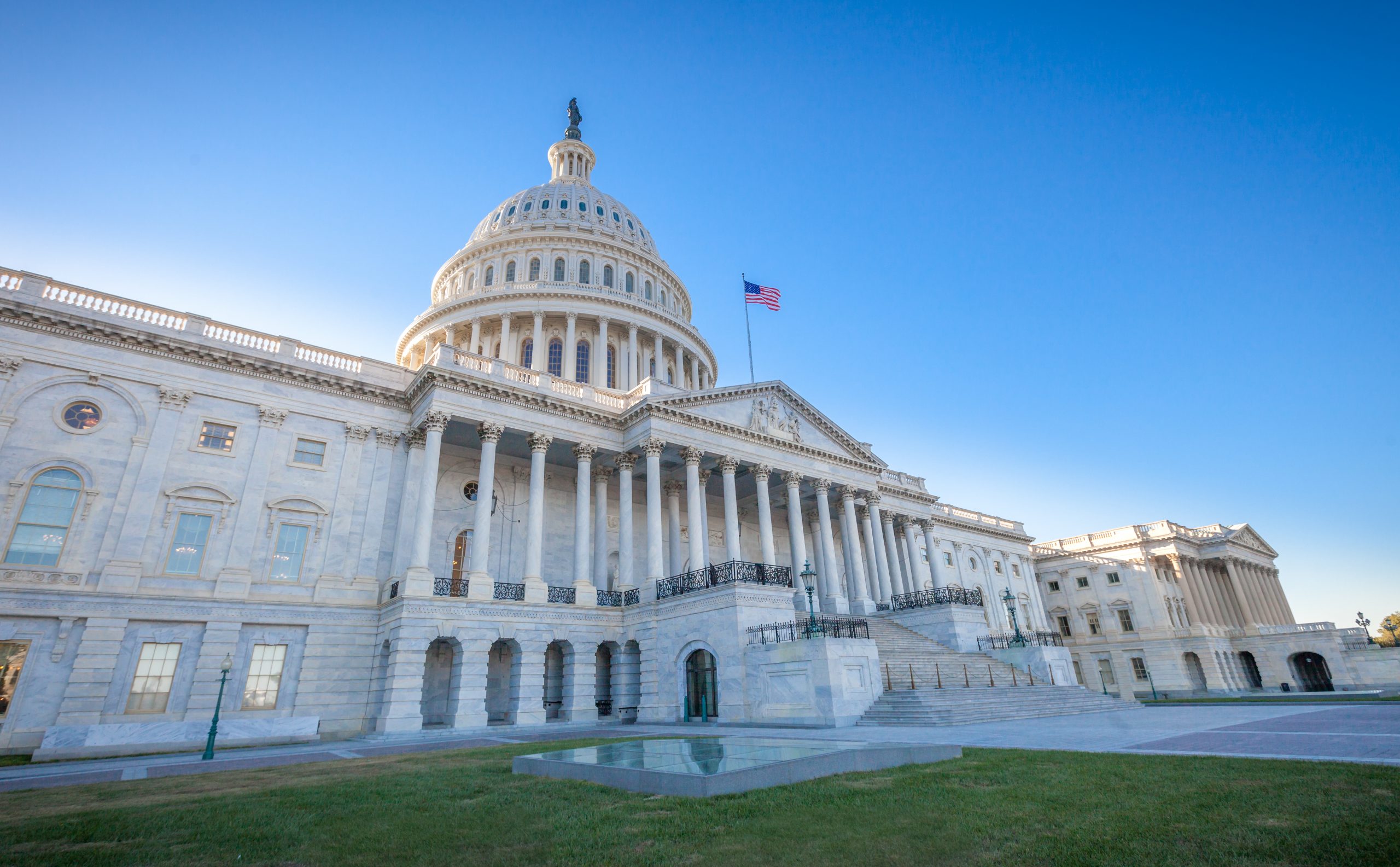Government Affairs and Advocacy
Aug. 28 Federal Update: Administration Kicks off New Program for Low-Income Student Debt Holders
On Tuesday, the Biden administration began accepting applications for a new student debt program called SAVE (Saving on a Valuable Education). This income-driven repayment plan will determine monthly payments based on income and family size, rather than loan balance. The administration says that many eligible borrowers will pay nothing in monthly payments, while others will save about $1,000 per year. These individuals will pay about 5% of their discretionary income, down from 10% previously. This low-income repayment plan comes after numerous recent setbacks for the administration in their work on student debt relief. As part of the budget deal with House Republicans earlier this year, the administration agreed to end the pandemic-era pause on student loan payments by Oct. 1. Furthermore, the Supreme Court shot down the administration’s far-ranging student debt relief plan earlier this summer. The SAVE program is another attempt by the Biden administration to help borrowers in need. According to the administration, it has cancelled $116 billion in student loan debt held by 3.4 million Americans.
Federal Budget Negotiations Roll On
This week, Speaker Kevin McCarthy told House Republicans that Congress will likely need to pass a stopgap bill, also known as a continuing resolution. Senate Majority Leader Chuck Schumer confirmed Wednesday that he and McCarthy had recently agreed to pursue the resolution, a short-term government funding bill that could help Congress avoid a shutdown. When members of Congress return in September from their month-long August recess, there will be just a few weeks left to decide on spending bills if no resolution is passed. The continuing resolution would keep the government funded past the Sept. 30 deadline, giving the Democrat-led Senate and the Republican-led House more time to decide on the 12 spending bills that constitute the federal budget.
Congress must resort to a continuing resolution even though President Biden and Speaker McCarthy agreed earlier this year to a budget deal that would fund the government for an entire fiscal year. Since then, House Republicans proposed a budget that is $100 billion less than the brokered deal, while the Senate proposed spending $13 billion more. Leaders of both parties are urging their caucuses to drop unrealistic provisions and come to a compromise. Congress will hopefully overcome this impasse by the expiration of the continuing resolution, perhaps around Christmas. Social Current will continue to monitor the negotiation process and advocate for appropriations that are of vital interest to the social sector.
HHS Announces New Funding for Mental Health
On Aug. 23, the Department of Health and Human Services dispersed over $64 million in funding to help communities deal with the national mental health crisis. $59.4 million was made available as part of the $250 million for FY 2022-2025 in the Bipartisan Safer Communities Act, which Congress and President Biden signed into law last year. Health and Human Services Secretary Xavier Becerra said, “With these critical investments, states and territories will be able to continue to serve as an invaluable safety net for mental health services for some of the nation’s most vulnerable populations, including those impacted by gun violence, disasters, and other emergencies.” The remaining $5 million in awards will support Mental Health Awareness Training grants, which provides training for individuals and communities in responding appropriately to people with mental health challenges. These grants will help first responders, teachers, and others care for people with mental health or substance use challenges and refer them to appropriate service providers.
HHS Reports Inflation Reduction Act Reduces Health Care Costs
The Department of Health and Human Services announced that, with the passage of the Inflation Reduction Act (IRA) on Aug. 16, 2022, millions of consumers are already spending less on health care. The IRA extended subsidies for health insurance purchased on HealthCare.gov and state-based marketplaces, which led to a record enrollment of 16.4 million people during the 2023 open enrollment period. Of all signups, 90% are receiving subsidies toward their monthly premiums. The IRA also made significant changes to Medicare. Monthly insulin payments are capped at $35, saving 1.5 million seniors an average of $500 per year compared to costs in 2020. Also, more vaccines are available cost-free, including shingles, and hepatitis A and B. Finally, the IRA will implement a new out-of-pocket cap on prescription drugs in 2024, which will drop to $2,000 annually in 2025, saving almost $400 per year for more than 18.7 enrollees in Medicare Part D.
Subscribe to the Policy and Advocacy Radar to receive our biweekly policy roundup, which includes commentary on issues in Social Current’s federal policy agenda, opportunities to take action, and curated news and opportunities.

